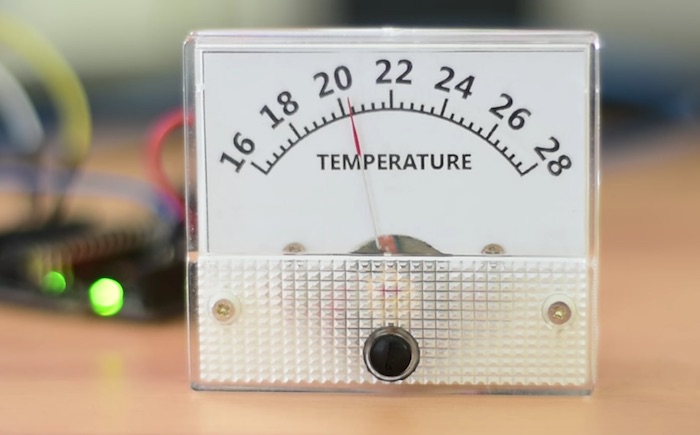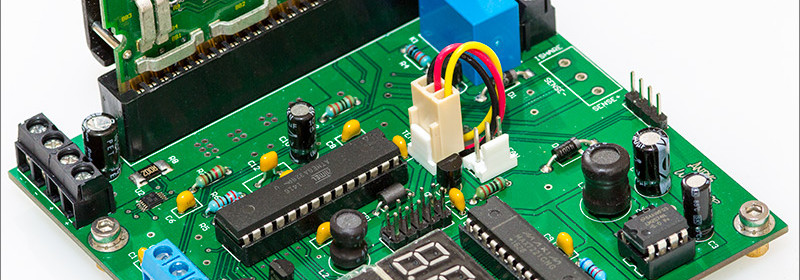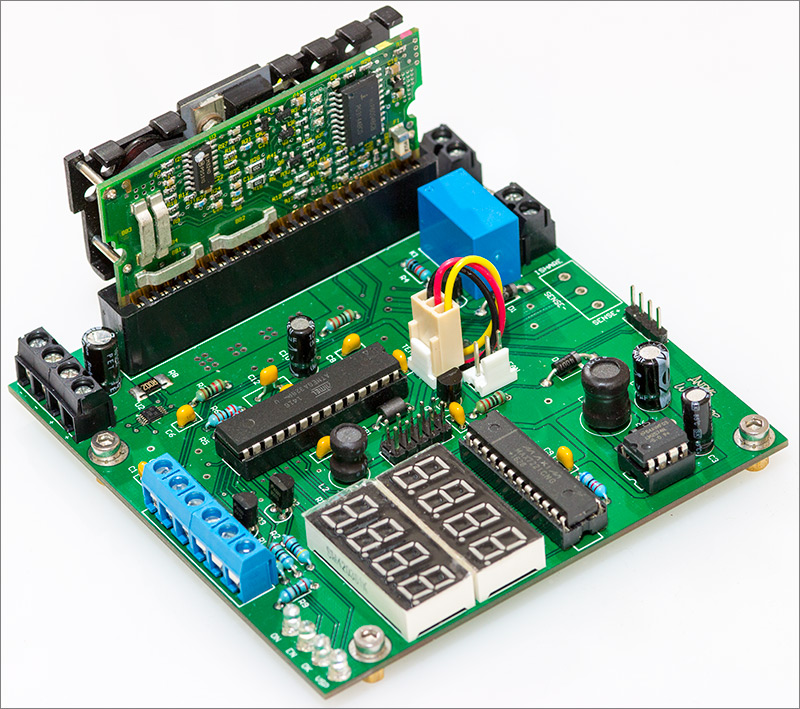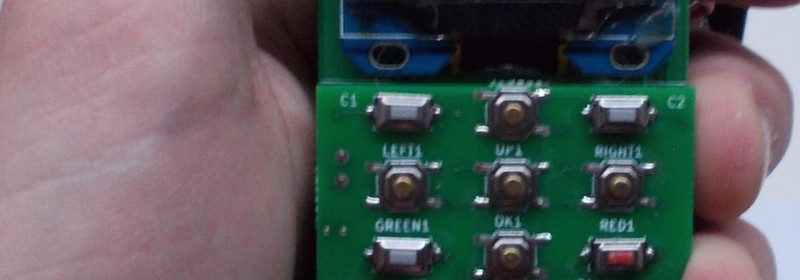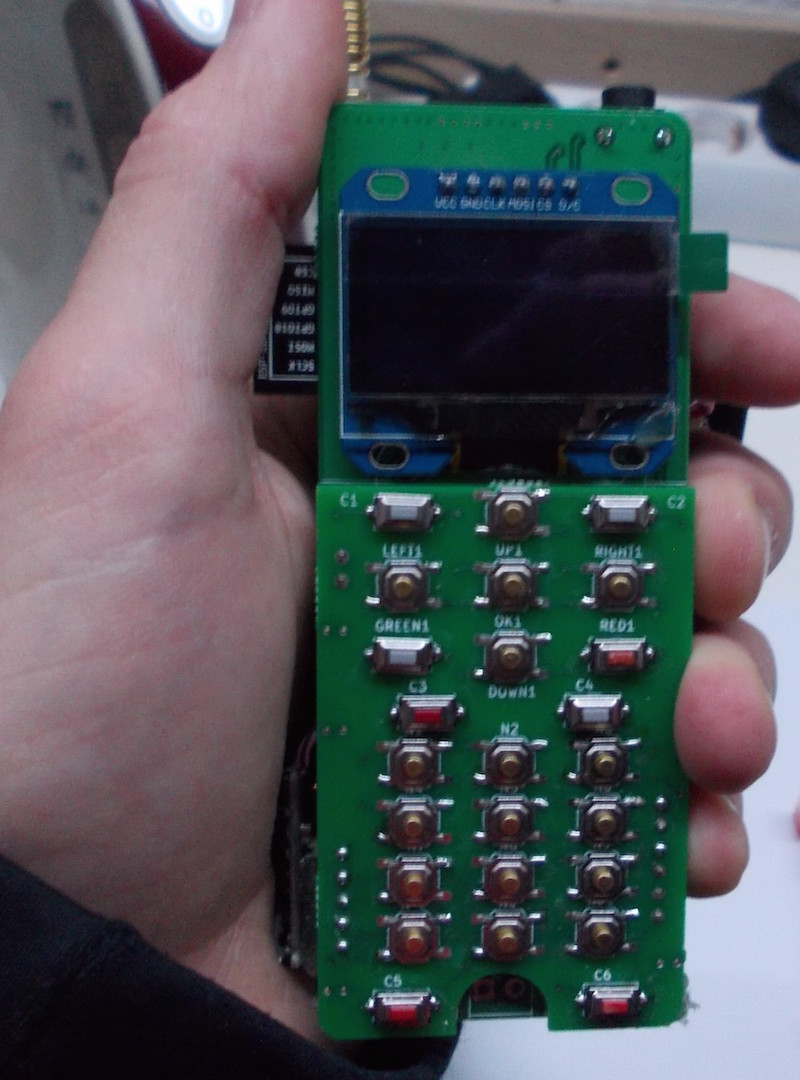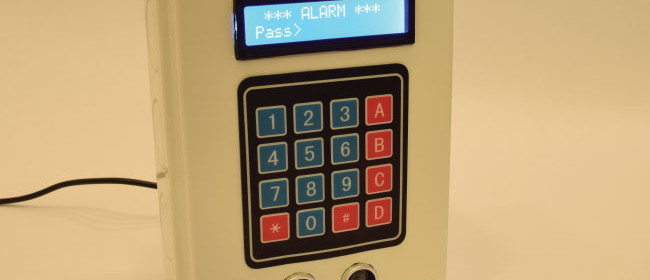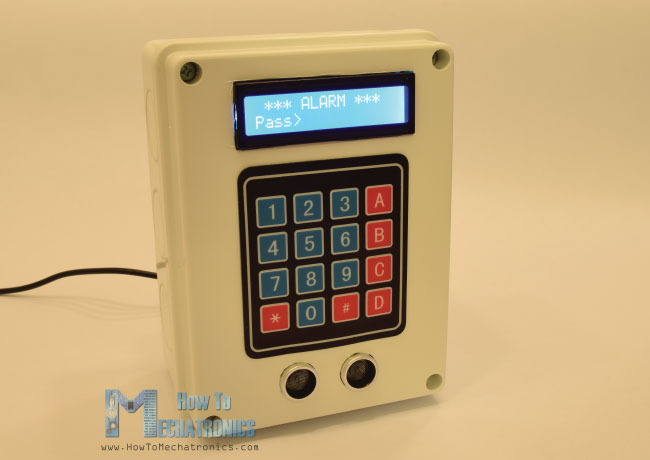Analog thermometer
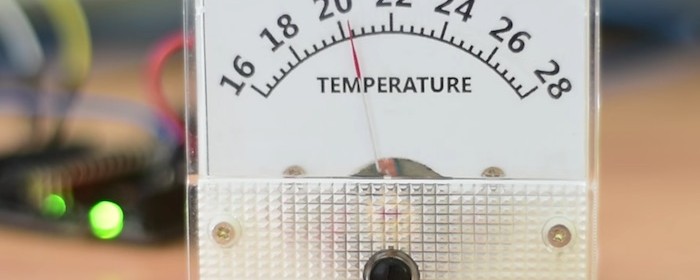
A new project tutorial from educ8s.tv is about making an Arduino based analog thermometer that uses an analog voltage panel meter for displaying temperature.
Today we are going to learn how to use this analog voltmeter with Arduino and make it show the temperature instead of the voltage. As you can see, in this modified voltmeter, we can see the temperature in degrees Celsius. The temperature is measured by this digital sensor, a DS18B20 and it is then displayed on the voltmeter. I really like analog dials like this one, because they give a vintage look to the projects. Let’s now see how to achieve that result.
Check out the tutorial video below:
